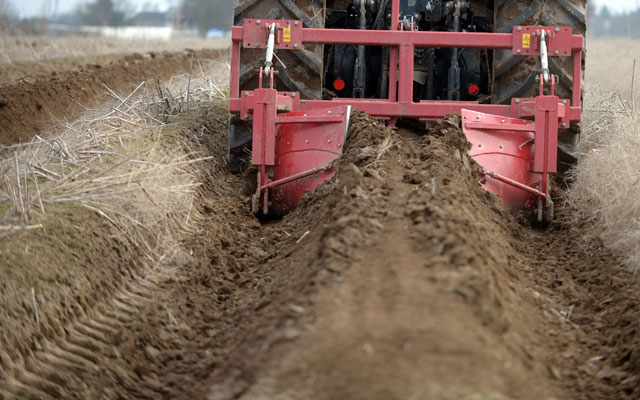The House and Senate are working out differences between their farm bills. The following is a list of major questions to consider if the negotiators do come up with a farm bill (explained in this new report here):
- Will Congress continue to play politics with the farm bill by combining food stamps with farm programs? For political reasons, Congress has combined the food stamp and agriculture programs in a massive farm bill for years. The only way for real reform is to separate these programs into two bills. At the least, a new farm bill should stagger the programs’ reauthorization periods, effectively separating them and making later reform more likely.
- Will food stamp reform be fiscally responsible or irresponsible? Food stamp spending has been climbing for years, doubling between fiscal year (FY) 2000 and FY 2007 and then doubling again to about $80 billion by FY 2012. The growth is partly due to the recession but also due to bad policy. A farm bill that does not include even the House’s modest reductions would be fiscally irresponsible and would mean that the House rejected much-needed reforms.
- Will Congress continue to promote dependency instead of empowering Americans? A work requirement is central to food stamp reform. Able-bodied adults should be required to work, prepare for work, or at least look for work in exchange for receiving food stamps. This promotes self-sufficiency and human dignity.
- Will Congress turn a blind eye to food stamp abuses? Problematic loopholes are undermining the food stamp program. “Broad-based categorical eligibility,” for example, allows states to bypass asset tests for applicants. A loophole known as “Heat and Eat” lets states artificially boost the amount of food stamp benefits a household receives.
- Will Congress avoid dealing with controversial programs in the future? Most agriculture programs are authorized for five years. But the House bill extends the problematic sugar program and two other new agriculture programs for unspecified amounts of time. With no set reauthorization period, Congress is less likely to deal with these problematic programs in the future.
- Will taxpayers get stuck with massive liability while wealthy farmers receive almost unlimited protection? The amount of subsidies provided in the new shallow-loss and target-price programs are contingent on commodity prices. If prices collapse, taxpayers are on the hook, while farmers would enjoy almost unlimited risk protection. These programs should not be added to the farm bill. At a minimum, there needs to be a cost cap so taxpayers are not stuck with massive liability.
- Will Congress continue to artificially drive up food prices? While some in Congress want to spend more on food stamps, others are pushing policies that artificially drive up food prices. For example, the federal government restricts the amount of sugar sold in the country and limits imports, thus driving up sugar prices.
- Will Congress continue to make President Obama look fiscally responsible when it comes to reforming the costliest farm program, crop insurance? According to the Government Accountability Office, the average annual cost of crop insurance from 2000 to 2006 was $3.1 billion. It more than doubled to $7.6 billion per year from 2007 to 2012 and will increase to a projected $8.9 billion per year from 2013 to 2022. While President Obama is proposing a $12 billion cut to the program, both bills would drive up costs.
































